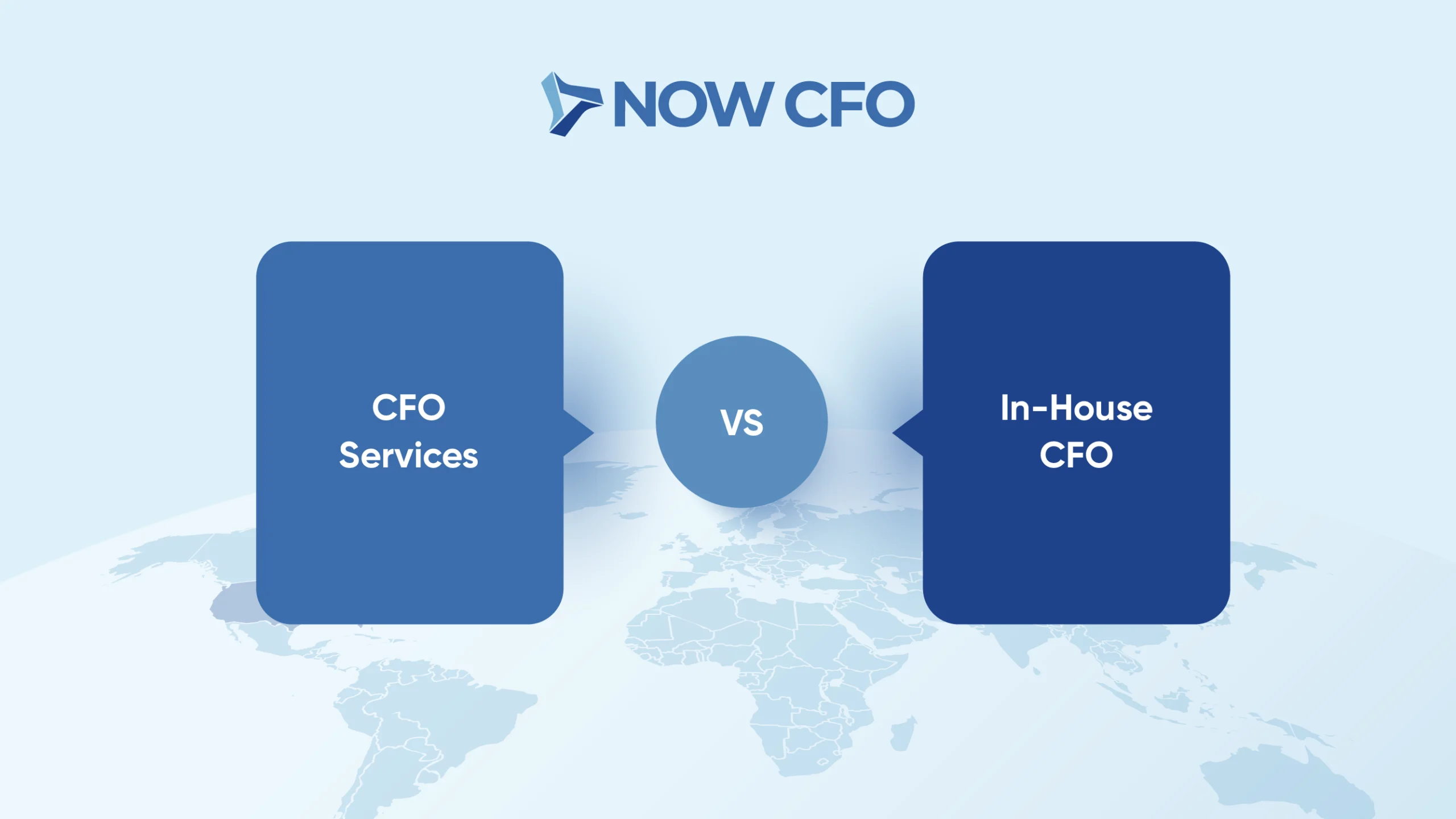
Managing a business successfully involves a deep understanding of various financial concepts, and one of the fundamental aspects is cost analysis. Costs can be broadly categorized into three main types: variable, fixed, and total costs.
Variable Costs: The Shapeshifters of Business Expenses
Variable costs, as the name suggests, are expenses that fluctuate in direct proportion to changes in a company’s production or sales volume. In simpler terms, as your business produces more goods or services, variable costs increase, and when production decreases, they decrease accordingly.
Here are some key characteristics of variable costs:
- Direct Relationship with Output: Variable costs are linked to production levels. Common examples include raw materials, direct labor (wages for workers directly involved in production), and production supplies.
- Variable Unit Cost: The per-unit cost of variable expenses remains constant. However, the total variable cost varies based on production volume. For instance, the cost of raw materials per unit may stay the same, but if you produce more units, the total cost of raw materials increases. Examples: In manufacturing, the cost of materials like steel or plastic for making widgets is a variable cost. In a service-based business, the wages of hourly employees who deliver services to clients would be considered variable.
- Scalability: Understanding variable costs is crucial for businesses planning to scale. As production increases, variable costs rise, and you need to ensure that your revenue covers both variable and fixed costs to remain profitable.
Fixed Costs: The Steady Pillars of Business Stability
Fixed costs remain constant, they are the stable foundation upon which your business operates, providing essential support to keep the doors open.
Key characteristics of fixed costs include:
- Constant Amount: Fixed costs don’t change with variations in production levels. Whether you’re producing 100 units or 10,000 units, these costs remain the same.
- Essential Infrastructure: Fixed costs encompass necessary expenses like rent or lease payments for office space, salaries of permanent staff (who aren’t directly involved in production), insurance premiums, and depreciation on equipment. Examples: Rent or lease payments for your business premises, salaries of administrative staff, insurance premiums, and the cost of maintaining equipment or machinery are all classic examples of fixed costs.
- Business Stability: Fixed costs provide stability to your business, allowing you to plan your budget and operations with confidence. They are essential in calculating your break-even point- the level of sales required to cover all costs.
Total Costs: The Sum of All Expenses
Total costs represent the sum of both variable and fixed costs. Key characteristics of total costs include:
- Comprehensive View: Total costs offer a comprehensive view of your business’s financial obligations. It combines both variables and fixed costs to give you a holistic perspective on your expenses.
- Profitability Indicator: By comparing total costs to your revenue, you can determine whether you’re operating at a profit or loss.
- Decision-Making Tool: Total cost analysis can help you assess the impact of changes in production volume, pricing strategies, or cost-saving initiatives on your bottom line.
- Flexibility: Understanding total costs enables you to identify areas where cost reduction may be possible while maintaining overall operational efficiency.
The Relationship Between Variable, Fixed, and Total Costs
Variable, fixed, and total costs are interconnected in the following ways:
- Total Costs = Variable Costs + Fixed Costs: This is the basic formula that defines the relationship between these three cost types.
- Break-Even Point (in units) = Fixed Costs/ (Selling Price per Unit – Variable Cost per Unit): By determining the point at which total revenue equals total costs, businesses can assess when they will begin making a profit.
- Profit Margin (%) = ((Total Revenue – Total Costs)/ Total Revenue) x 100: Profit margin represents the portion of your revenue that remains as profit after covering all variable and fixed costs.
Empowering Your Financial Strategy
Cost analysis can be tedious to navigate. The nuances of variable, fixed, and total costs require careful attention and a deep understanding of financial concepts. This task can become overwhelming, especially while you are juggling other responsibilities. By partnering with a NOW CFO financial expert, you can focus on your core activities, and feel confident that your financial analysis is in capable hands. The tedious process of dissecting costs becomes a streamlined and efficient operation, allowing you to plan for a profitable future.














